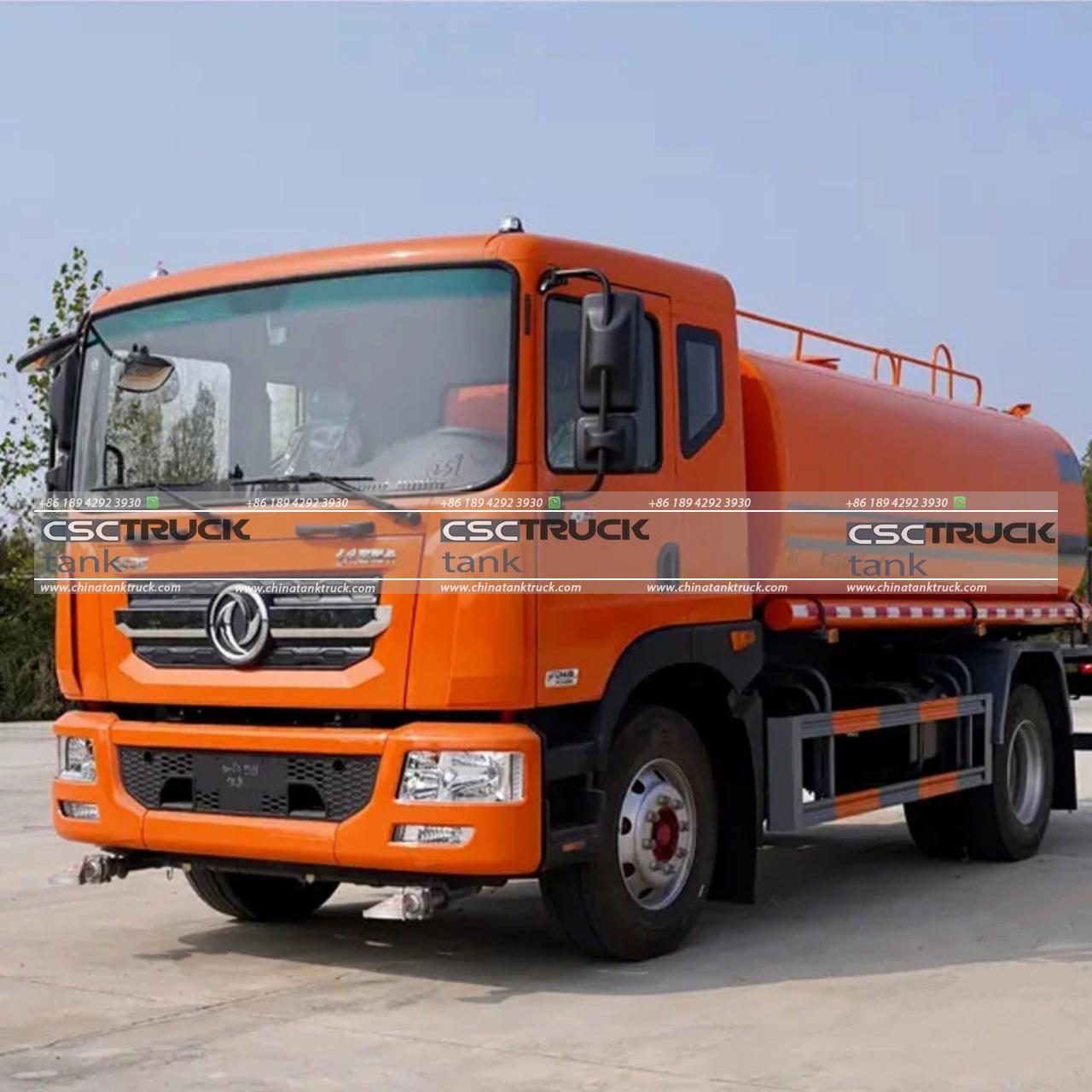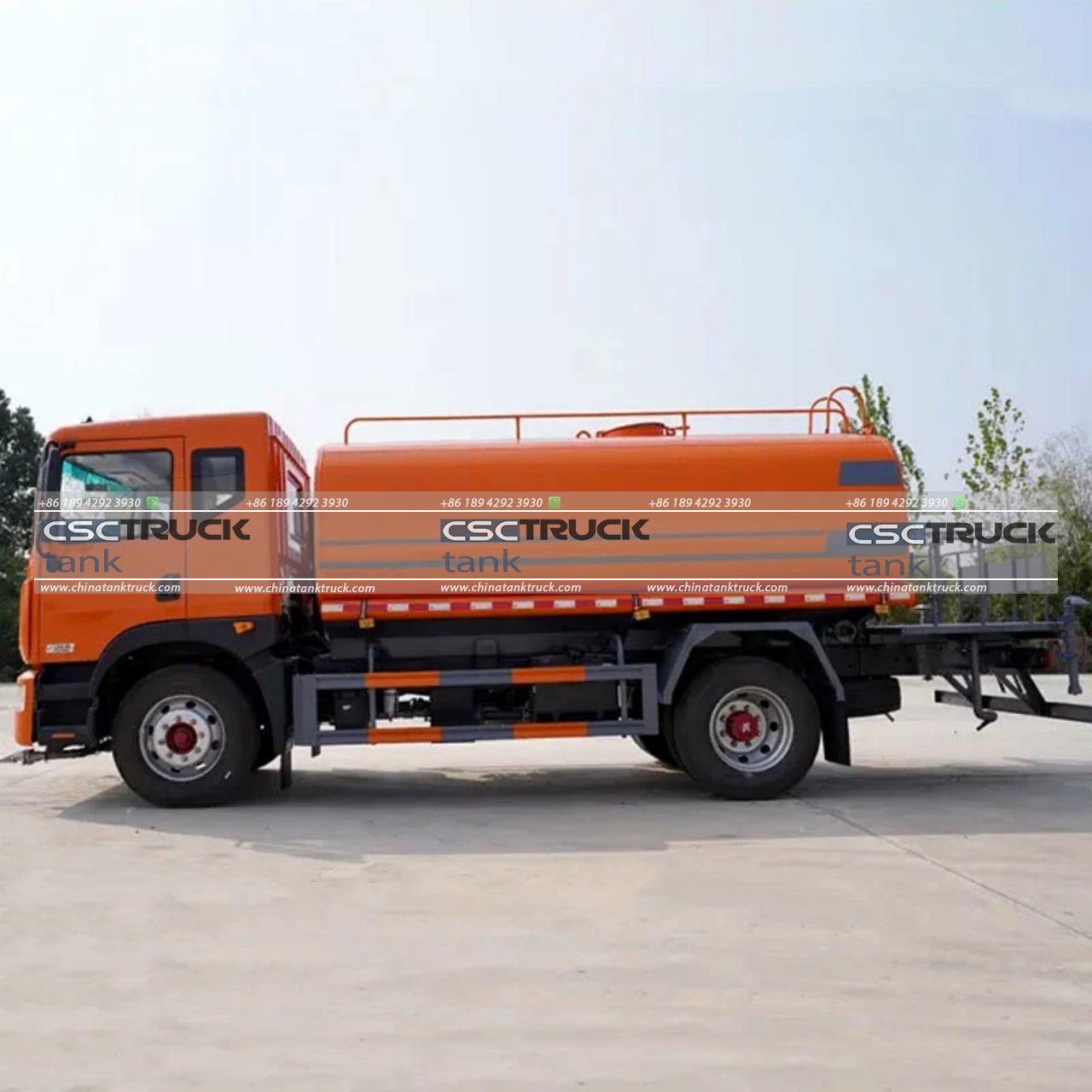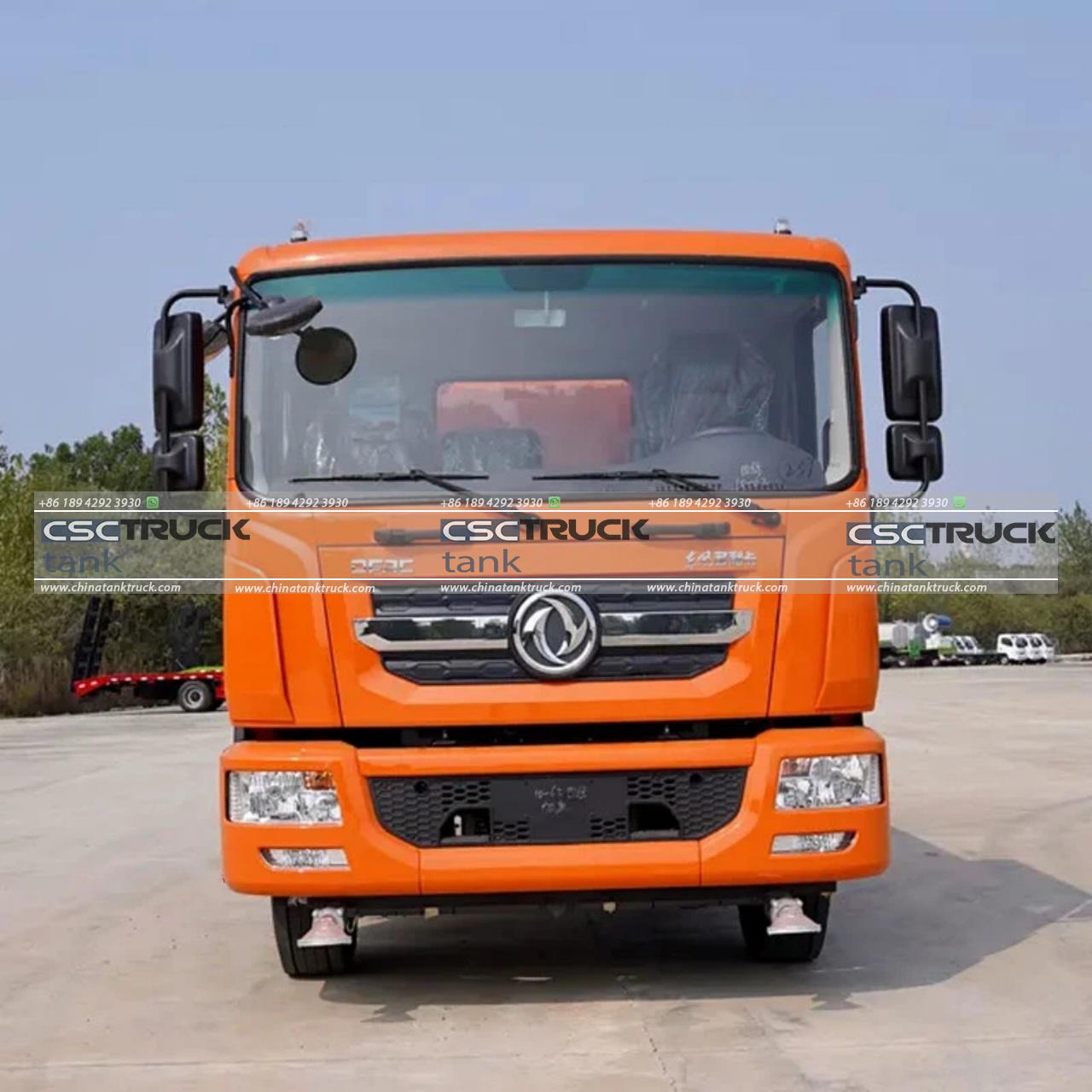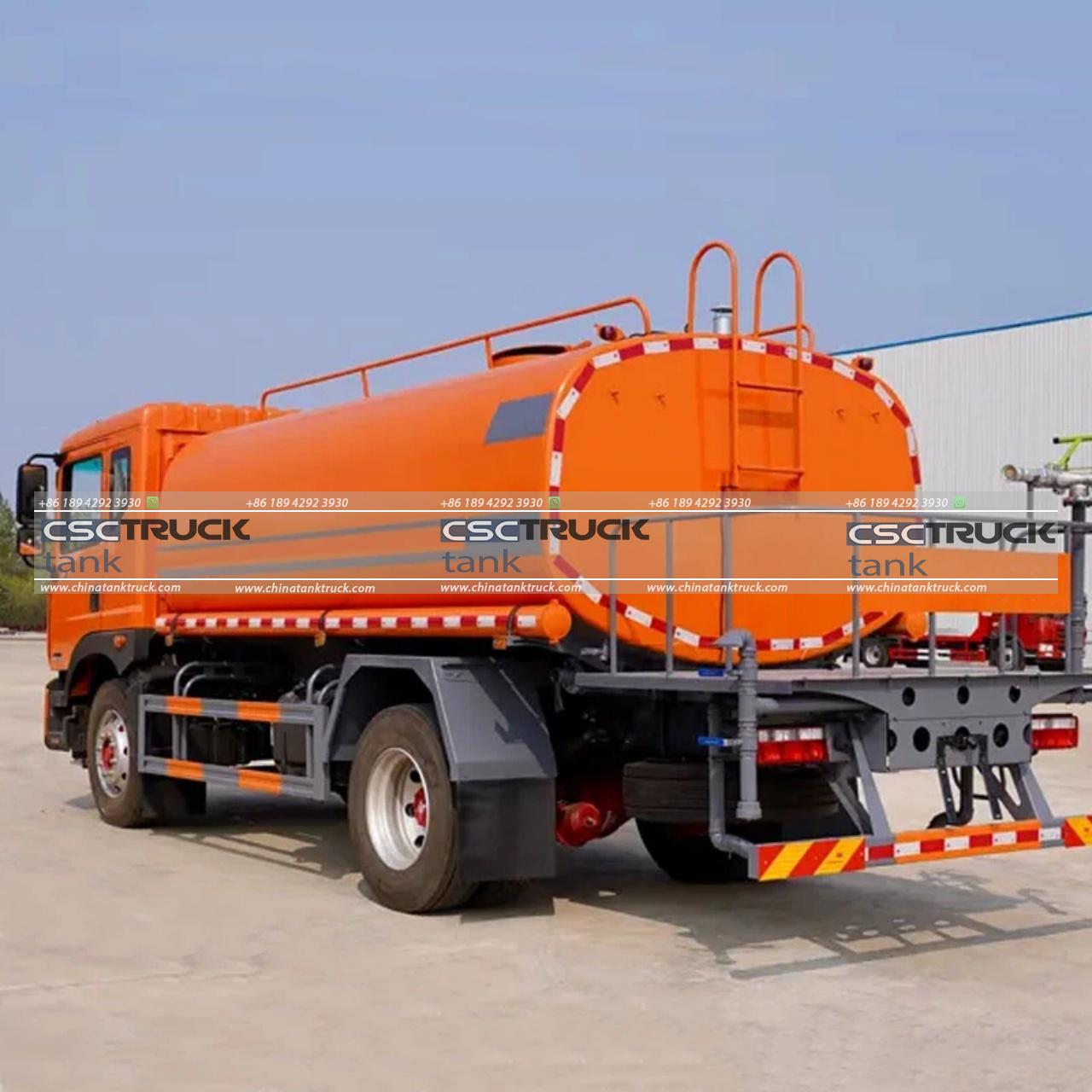What is Water Trucking?
Water is one of the most vital resources on Earth, essential for human survival, agriculture, industry, and ecosystems. Despite its importance, access to clean and reliable water remains a significant challenge in many parts of the world. In areas where water infrastructure is inadequate or nonexistent, water trucking has emerged as a crucial solution to bridge the gap between water supply and demand. But what exactly is water trucking? This article delves into the concept, applications, challenges, and importance of water trucking in today’s world.
Understanding Water Trucking
Water trucking refers to the practice of transporting water using trucks equipped with specialized tanks. These trucks are designed to carry large volumes of water and deliver it to areas where water is scarce or unavailable. Water trucking is commonly used in various scenarios, ranging from emergency relief efforts in disaster-stricken regions to supplying water in remote or arid areas with limited access to natural water sources.
Water trucking is not a new concept; it has been used for decades as a temporary or supplementary solution to address water shortages. However, its importance has grown in recent years due to increasing global water scarcity, climate change, and population growth, which have exacerbated water supply challenges in many regions.

Applications of Water Trucking
Water trucking is employed in various situations, each with its unique set of requirements and challenges. Some of the most common applications include:
1. Emergency Response and Disaster Relief:
In the aftermath of natural disasters such as hurricanes, earthquakes, or floods, water infrastructure can be severely damaged, leaving communities without access to clean water. In these situations, water trucking becomes a critical component of emergency response efforts. Relief organizations and government agencies often deploy water trucks to deliver potable water to affected areas, ensuring that residents have access to safe drinking water until normal supply systems can be restored.
2. Supplying Remote and Rural Areas:
Many remote and rural communities lack access to reliable water sources due to geographical isolation, inadequate infrastructure, or limited natural water supplies. Water trucking provides a lifeline for these communities, delivering water for drinking, cooking, and other essential uses. In some cases, water trucking may be the only viable option for providing water to these areas, especially during dry seasons when local sources are depleted.
3. Construction and Industrial Sites:
Construction and industrial activities often require large volumes of water for various purposes, including dust control, concrete mixing, and equipment cleaning. In areas where there is no nearby water source, or where the existing supply is insufficient, water trucking is used to meet the demand. This ensures that construction projects can proceed without delays and that industrial operations can run smoothly.
4. Agricultural and Livestock Support:
In regions experiencing drought or water scarcity, farmers and livestock owners may rely on water trucking to sustain their operations. Water is essential for irrigating crops, maintaining livestock health, and supporting agricultural productivity. When natural water sources dry up, water trucking can provide the necessary supply to prevent crop failure and livestock losses.
5. Urban Water Supply Augmentation:
Even in urban areas, water trucking can play a role in supplementing existing water supplies, particularly during periods of high demand or when infrastructure is undergoing maintenance. For example, in cities with rapidly growing populations, the existing water distribution network may struggle to keep up with demand. Water trucking can help bridge the gap by delivering additional water to areas where shortages are most acute.

The Process of Water Trucking
The process of water trucking involves several key steps, each of which is crucial to ensuring that water is delivered safely and efficiently. These steps include:
1. Sourcing the Water:
The first step in water trucking is to source the water. This can be done from various locations, such as natural water bodies (rivers, lakes), wells, or municipal water supplies. The water must be of high quality and suitable for the intended use, whether it is for drinking, agricultural, or industrial purposes. In some cases, the water may need to be treated or purified before it is loaded onto the trucks to meet safety standards.
2. Loading the Water:
Once the water has been sourced, it is pumped into the truck’s storage tank. The tanks used for water trucking are typically made of food-grade materials to ensure that the water remains clean and uncontaminated during transport. The capacity of these tanks can vary, with some trucks capable of carrying thousands of gallons of water at a time.
3. Transporting the Water:
The water truck then transports the water to the designated location. This can involve navigating challenging terrain, especially in remote or rural areas where roads may be poorly maintained or non-existent. The time required for transport can vary depending on the distance, road conditions, and traffic.
4. Distributing the Water:
Upon arrival at the destination, the water is either directly distributed to users or transferred to storage tanks for later use. In emergencies, water may be distributed through temporary distribution points, where residents can collect water for their needs. In agricultural or industrial settings, the water may be used immediately for irrigation or process needs.

Challenges and Considerations in Water Trucking
While water trucking is an essential solution in many contexts, it is not without its challenges. Some of the key considerations include:
1. Cost:
Water trucking can be expensive, particularly over long distances or in areas with difficult terrain. The cost includes fuel, labor, vehicle maintenance, and the water itself. In many cases, water trucking is considered a temporary solution due to its high cost compared to other methods of water supply, such as pipeline systems.
2. Environmental Impact:
The environmental impact of water trucking is another concern. The process involves the consumption of fossil fuels for transportation, contributing to greenhouse gas emissions. Additionally, the extraction of water from natural sources can have ecological consequences if not managed sustainably.
3. Quality Control:
Maintaining water quality during transportation is crucial, especially when the water is intended for drinking. Contamination can occur at various stages, from sourcing to distribution, making it essential to implement strict quality control measures.
4. Logistical Challenges:
Water trucking operations require careful planning and coordination. Factors such as road conditions, weather, and the availability of trucks and drivers can all impact the efficiency of water delivery. In emergencies, these logistical challenges can be particularly pronounced.

The Importance of Water Trucking
Despite its challenges, water trucking remains a vital tool for addressing water scarcity and providing emergency relief. It plays a crucial role in ensuring that communities have access to water in situations where traditional infrastructure is lacking or damaged. As global water challenges continue to grow, water trucking will likely remain an important component of water management strategies.
Moreover, water trucking highlights the broader issue of water security and the need for sustainable solutions to ensure that all people have access to clean and reliable water. While water trucking can provide immediate relief, it is essential to also focus on long-term solutions, such as improving water infrastructure, investing in water conservation, and developing alternative water sources.
Conclusion
Water trucking is a versatile and essential practice that addresses the critical need for water in various situations, from disaster relief to supporting remote communities and industries. While it comes with challenges, its importance cannot be overstated, especially in a world where water scarcity is becoming an increasingly pressing issue. As we continue to face global water challenges, water trucking will remain a key tool in ensuring that everyone has access to this most vital resource.

